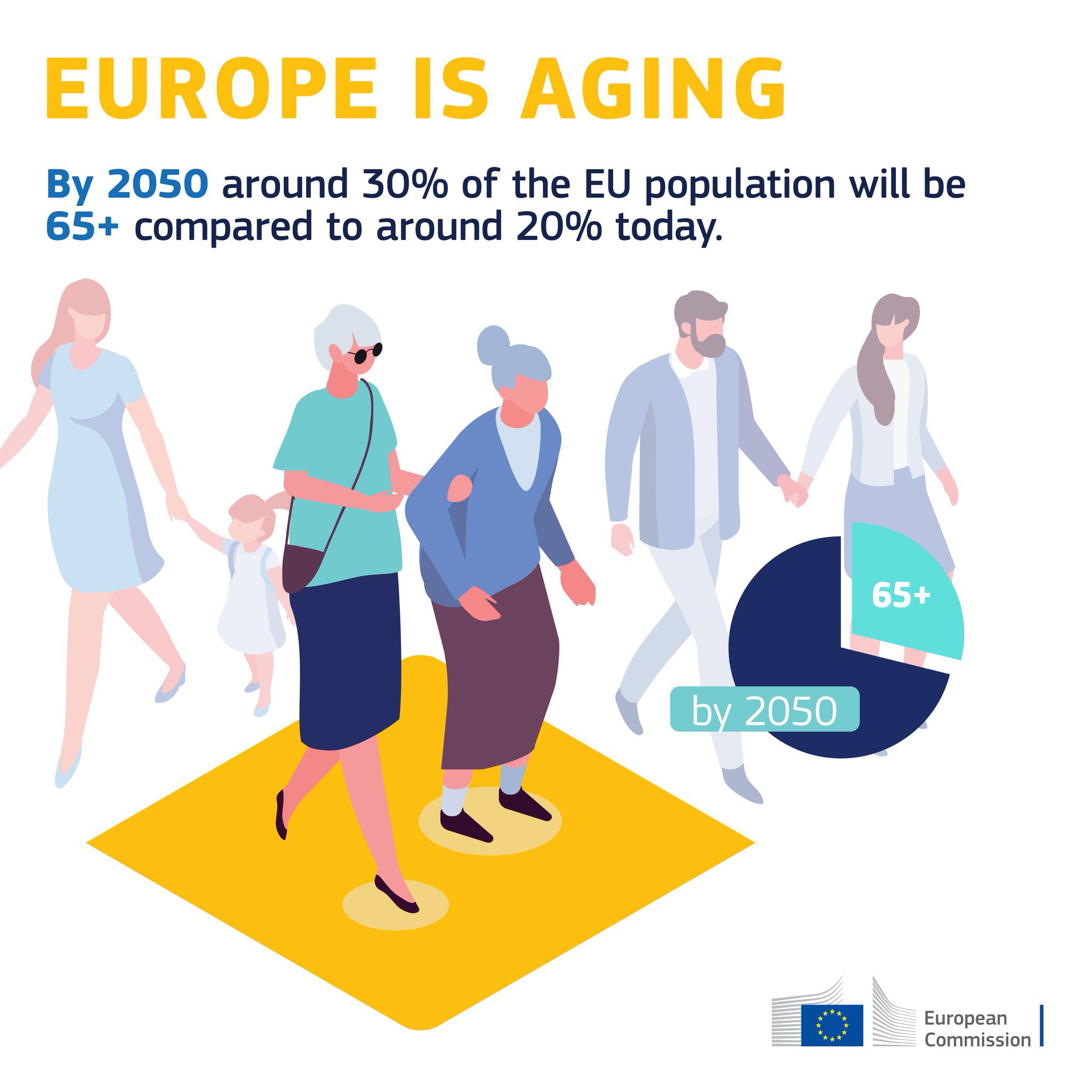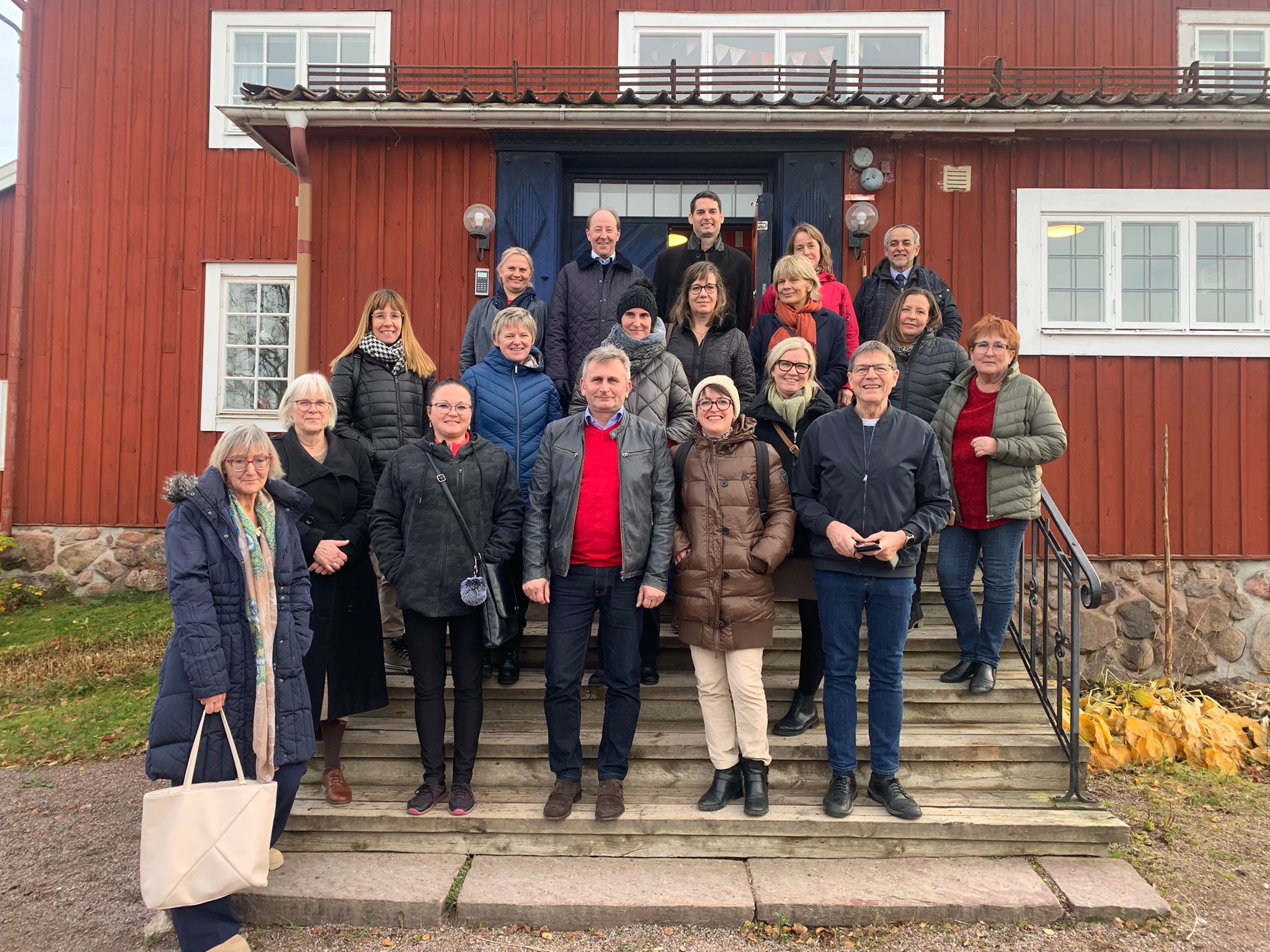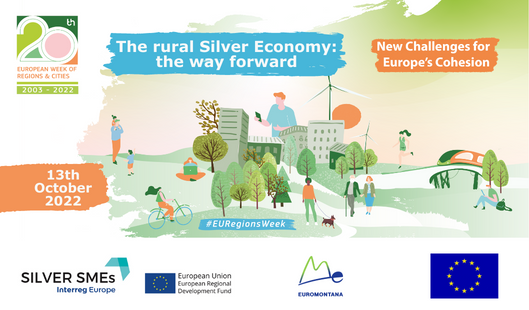On April 29, 2021, the European Commission launched a new online tool: the Atlas of Demography. At EU level, demographic change is considered to be one of the main three challenges for the future of Europe, together with the green and digital transitions. To better address this issue, the new Atlas aims at providing more detailed knowledge to ensure a good understanding of the challenge.
The Atlas of Demography includes a high-resolution geographic coverage with a quick access to a comprehensive body of demographic data and knowledge. The Atlas includes official statistics and projections from Eurostat and new data at high spatial resolution produced by the Joint Research Centre. The tool enables to analyse the situation at the EU, national, regional and local level.
The tool also provides thematic sections; for now, it present 8 stories from the Joint Research Centre (JRC) report 'Demographic Landscape of EU Territories: Challenges and Opportunities in Diversely Ageing Regions'. You can therefore better visualise topics like the expected trends of ageing in municipalities or the links between ageing and economic development.
During the launch event, Ms Dubravka Šuica, European Commission’s Vice-President and EU Commissioner for Democracy and Demography, stressed that the Atlas is a useful visual tool to “identify regions facing hard population decline, these strong trends can be different from a village to another”. Also present at the event, Mariya Gabriel EU Commissioner for Innovation, Research, Culture, Education and Youth, welcomed the creation of the Atlas as a tool that can help to address the challenge of brain drain, with youth leaving villages to study in cities and never returning, with impacts on other demographic features like population decline and ageing.
The Atlas is a living tool, it will evolve in the future, incorporating new indicators and analyses and will extend its scope from EU boundaries to global coverage. In particular, in December 2021 will be included some demographic determinants and projections, enabling to better plan for the future.











